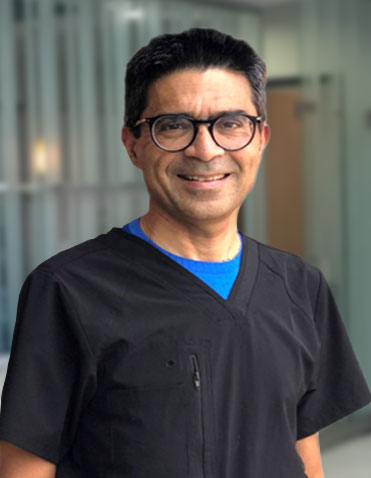
Dr. Nadir Ali, M.D
Cardiologist in Webster, Texas
Dr. Nadir Ali is a practicing Interventional Cardiologist in the Clear Lake and Houston community area for over 30 years.
He has several years of experience in the Low Carbohydrate High Fat (LCHF) diet in the treatment of metabolic disease, diabetes, heart disease and to improve the quality of cholesterol. He and his team give free diet seminars for his patients once a month on the last Wednesday of every month at 6 pm at the Searcy Auditorium in the Clear Lake Heart and Vascular Institute. This class has had more than 100 attendees for each session consistently for the last 4+ years.
Contact UsInterested in making a lifestyle change?
Join us at EatMostlyFat.com
and I'll tell you how
Take Me There
Dr. Nadir Ali's Treatments and Specialties
Dr Ali has been providing consultation and treatment for a wide range of heart conditions ranging from minor ectopics to critical surgical procedures. Some of his core specialization include:

Congenital Heart Defects
Conditions related to the with the structure of the heart are classified together under Congenital Heart Defects. It typically involves the walls of the heart, the cardiac valves and the arteries and veins connected to the heart. In the majority of cases, these are the most common type of birth defects. Early diagnosis and prevention can prove to be significant in expanding the life span of the suffering patients.
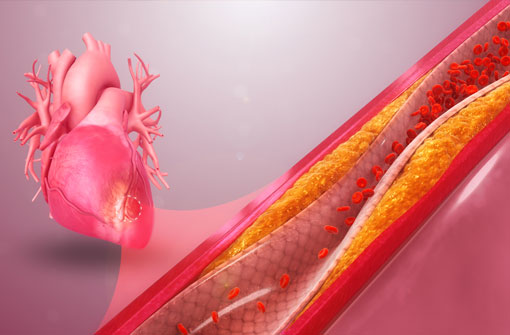
Coronary Artery Disease
Coronary Artery Disease (CAD) is one of the most wide-spread cardiac conditions, both in adults as well as pediatric patients. Narrowing or blockage of the coronary arteries due to atherosclerosis is the most common cause. Early detection can prevent plaques buildup and fatty deposits chocking the inner walls of the artery. Surgical procedures can also be effective in dealing with CAD conditions.
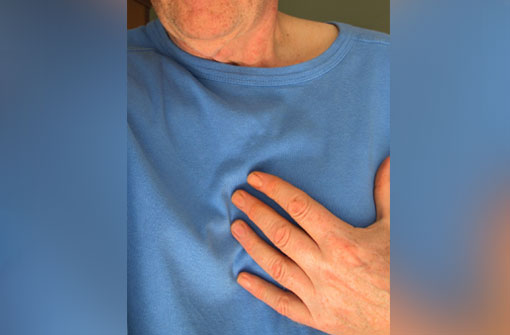
Heart Rhythm Disorders
Commonly known as Ectopics, skipped heart beats can be pretty dangerous if left unattended for an extended period. It can lead to a wide range of heart rhythm disorders, including causing serious damage to the sinus node, also known as the heart's pacemaker. Atrial Fibrillation, or AFib/AF, is one such chaotic condition, which can cause blood to stagnate and form clots - resulting in cardiac stroke even in young patients.
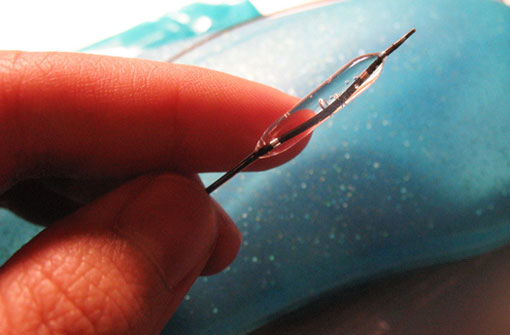
Angioplasty
Angioplasty, also called percutaneous coronary intervention, is a procedure to cure Coronary Artery Diseases. It uses a tiny balloon catheter that is inserted in a blocked blood vessel to help widen it, thus helping to restore normal blood flow through the blocked/clogged artery. In some cases, a stent may also be placed inside the blocked vessel during angioplasty to prevent the inner walls from getting clogged repeatedly.
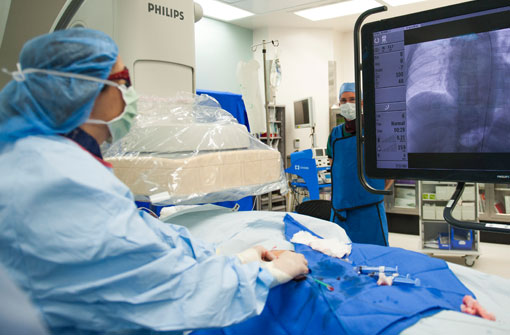
Cardiac Catheterization
Cardiac catheterization is a procedure used to diagnose and treat certain cardiovascular conditions. As part of the procedure, a long thin tube (catheter) is inserted in an artery or vein from the groin, neck or arm and it is threaded through the blood vessels connected to the heart. It's not a curative procedure, but rather a dignostic one to find out if the patient has disease of the heart muscle, valves or coronary arteries.
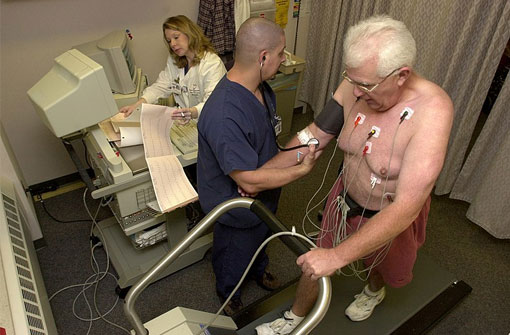
Cardiac Stress Tests
Cardiopulmonary exercise test (CPX) is used to measure the heart's ability to respond to external stress in a controlled clinical environment. Because physical activity makes the heart pump harder and faster, a stress test can reveal problems with blood flow within the heart. This test is prescribed to patients with the symptoms of coronary artery disease or an irregular heart rhythm to find out what extent of stress the heart is capable of tolerating.

Supraventricular Tachycardia
Commonly known as SVT, Supraventricular Tachycardia means fast heartbeat that originates from somewhere above the ventricles or the top chambers of the heart. SVTs are common in young people, especially in children and adolescents. It is typically caused by a single abnormal electrical short circuit within the heart and in most cases curable upon proper treatment.

Pacemakers & IDCs
A pacemaker or ICD (Implantable Cardioverter Defibrillator) is used to counter slow heart rhythms. With increasing age coupled with other cardiac conditions, the sinus node in the heart can sometimes become weaker and unable to take the regular work-load. This condition is clinically known as bradycardia. Pacemaker implantation can be the most effective measure to prevent bradycardia as it uses electrical pulses to prompt the heart to beat at a normal rate.

Cardioversion
Cardioversion is a procedure done to get back a fast heart rate (commonly known as tachycardia) to its normal state using electricity. While it is also possible to do this using drugs it is commonly done by sending electricity to your heart through electrodes placed on the chest. This procedure is necessitated as sometimes the electrical signals which make your heart beat at its normal rate do not travel properly through the heart chambers.
Call +1-281-672-7262 or Email contact@alicardiology.com for appointment
What our Patients Say

Tere Shipman
Friendswood, TXWe are very blessed to have Dr. Ali in our area. He is amazing! He really cares about his patients and is extremely knowledgeable in his area of expertise. Can not say enough good things about him!

David Wojtowicz
Houston, TXDr. Ali respect his patients, yet doesn't beat around the bush to tell you what you need to do to get/stay healthy. He listens, and answers questions.

Greg Upchurch
Friendswood TXAli has been my Cardio doc /surgeon for 12 years. I am from a family of physicians; anyone who knows anything about the medical community and reputations knows that Ali is simply unsurpassed. Seriously!

Peter Trivanovich
League City, TXI was truly fortunate to have Dr. Nadir Ali be on call. He literally saved my life. Afterwards, in the ICU, every nurse that tended to me told me he was the best and how lucky I was he was there. Blessed he is my Cardiologist.

Dana Joe Fregia
Alvin, TXGreat man, great doctor. Articulate and innovative approach to heart health. Cares more about people than money.
